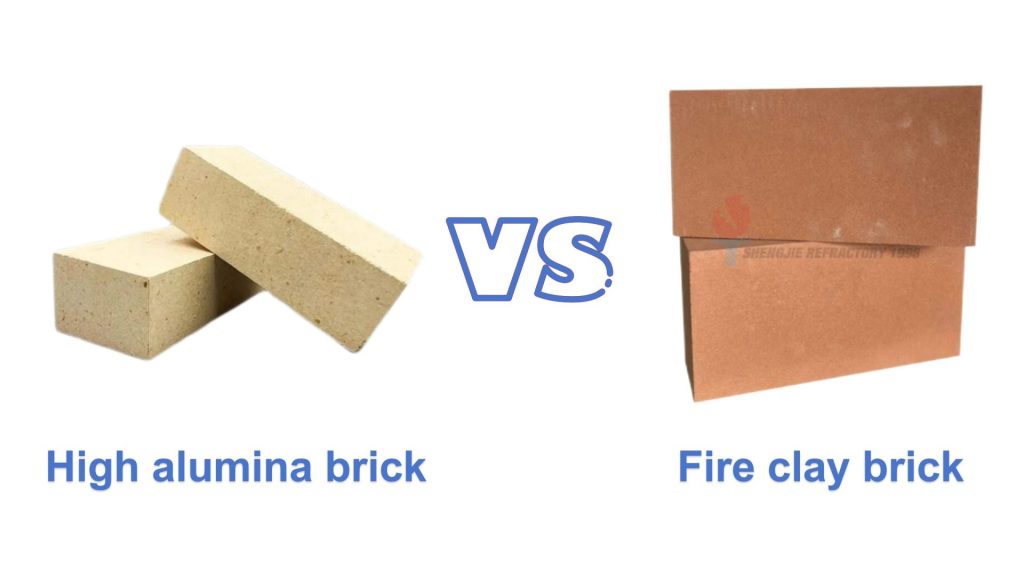

Time:
High alumina bricks and fire clay bricks are both common refractory materials in high-temperature industries, so what are the differences between the two?

High alumina bricks are aluminum silicate or alumina refractory products with an Al2O3 content greater than 48%, collectively referred to as high alumina refractory products.
Fire clay bricks refer to clay products made of aluminum silicate materials with an aluminum content of less than 48% and more than 30%.
The high temperature flexural strength of refractory castables is closely related to its actual performance. It is one of the important indicators for evaluating the performance of refractory castables. Its size is determined by the material’s firing temperature, raw material composition, production process, chemical composition, impurity content and structure. Determined by factors such as structure.
High alumina brick: beige and whitish.
Fire clay brick: yellow or dark yellow.
High alumina brick: 3.6-5KG
Fire clay brick: ≤3.65KG.
The physical and chemical indicators of high alumina bricks such as fire resistance, load softening temperature, anti-slag function, and thermal shock resistance are significantly better than fire clay bricks. For example, the refractory resistance of clay bricks is generally around 1200-1400°C, while the refractory resistance of high-alumina bricks can reach 1700-1900°C. Some high-quality refractory bricks can even reach around 2000°C. Moreover, high alumina bricks have higher slag resistance and thermal shock resistance than clay bricks, and can be in direct contact with flames.
High alumina brick: Mainly used in blast furnaces, hot blast furnaces, electric furnace tops, blast furnaces, and reverberatory furnaces, the lining of rotary kiln, etc.
Fire clay brick: Mainly used in lower temperature areas such as blast furnaces, hot blast furnaces, iron furnaces, open hearth furnaces, electric furnaces and glass kilns. Fire clay bricks can also be used in ladles, heating furnaces, etc.
Submit Request